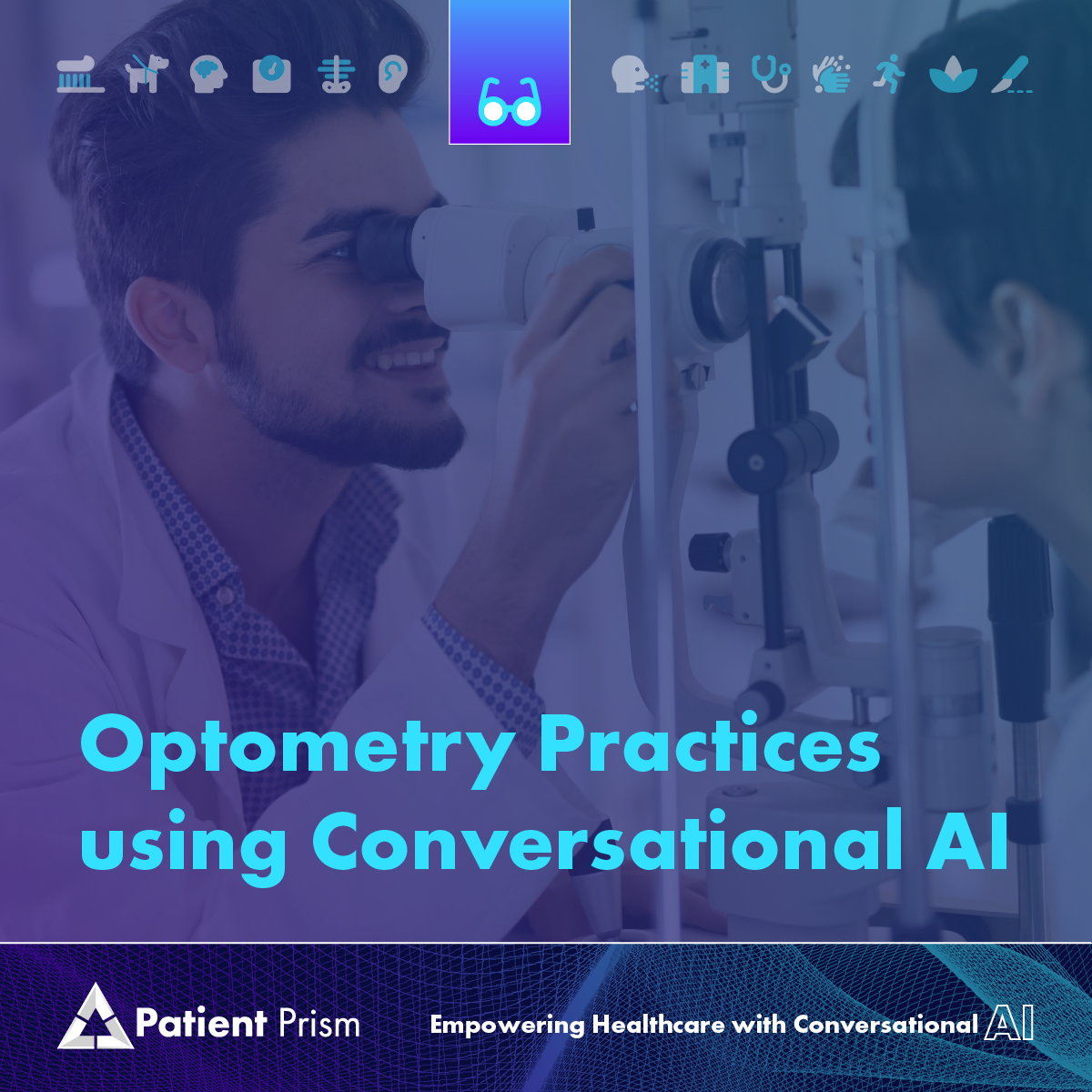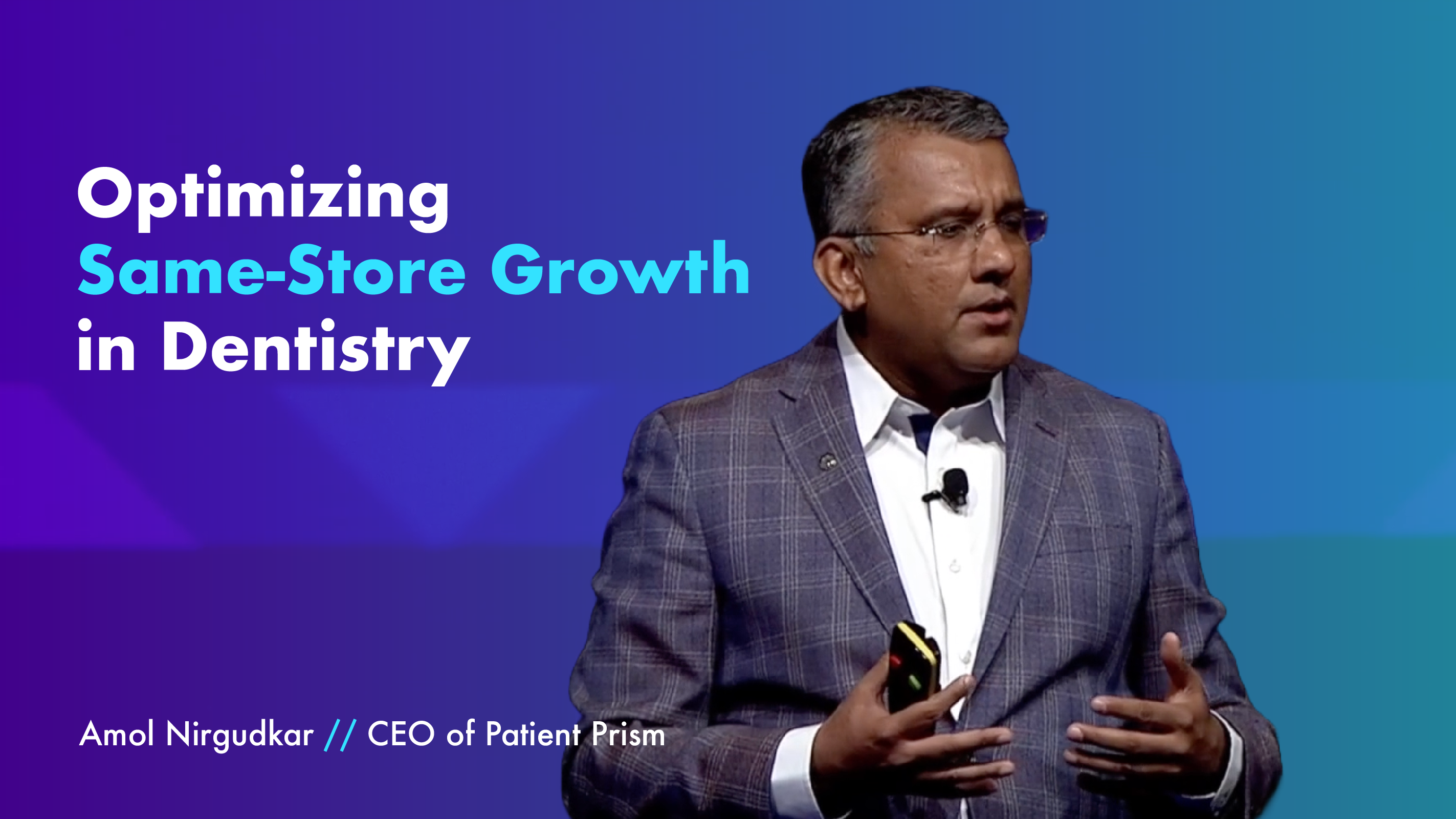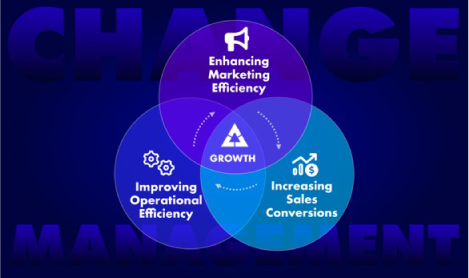The optometry industry, vital for maintaining vision health, is experiencing a digital transformation. The IBISWorld report on optometrists in the US highlights key trends and challenges. Amidst these changes, conversational AI is emerging as a powerful tool to support and enhance optometry practices.
Current Trends in Optometry
Optometry practices are adapting to a shifting landscape influenced by several factors:
- Aging Population: The demand for eye exams and treatments for age-related diseases, such as cataracts and macular degeneration, is on the rise. This demographic shift necessitates more efficient practice management to handle increased patient loads.
- Competition from Online Retailers: With the rise of online eyewear retailers, traditional optometry practices face stiff competition. To stay competitive, practices must enhance their patient experience and streamline their operations.
- Technological Advancements: The incorporation of advanced diagnostic tools and telehealth services is becoming more common. Practices that leverage these technologies can offer more comprehensive care and improve patient outcomes.
- Patient Expectations: Modern patients expect quick, efficient service and seamless interactions. Practices that fail to meet these expectations risk losing patients to more technologically advanced competitors.
Role of Conversational AI
Conversational AI, powered by natural language processing (NLP), can streamline various aspects of optometry practices:
Appointment Scheduling
One of the most time-consuming tasks for optometry practices is managing appointment bookings. Conversational AI can handle appointment scheduling, reminders, and cancellations. By automating these processes, practices can reduce administrative burdens and minimize no-shows. For instance, AI can send out automated reminders to patients, decreasing the likelihood of missed appointments.
Patient Inquiries
Virtual assistants equipped with conversational AI can manage common patient questions. Whether it’s about office hours, insurance policies, or basic eye care tips, AI can provide instant responses. This not only frees up staff to handle more complex tasks but also ensures patients get quick and accurate information.
Follow-Up Care
Ensuring patients adhere to their treatment plans and attend follow-up appointments is crucial for effective eye care. Conversational AI can send automated follow-up messages, reminding patients to take their medications, wear their prescribed eyewear, or schedule their next visit. This continuous engagement helps in improving patient compliance and outcomes.
Data Collection and Analysis
Conversational AI can also collect valuable data on patient interactions. This data can be analyzed to identify trends and areas for improvement. For example, if many patients have similar questions, the practice can address these issues more proactively, perhaps by updating the FAQ section on their website or providing more detailed information during consultations.
Enhancing Patient Experience
Implementing conversational AI can significantly enhance the patient experience in several ways:
- Timely and Accurate Information: AI provides patients with instant, accurate responses to their inquiries, reducing the need for them to wait for staff assistance.
- Reduced Wait Times: By handling administrative tasks and basic inquiries, AI allows the optometry staff to focus on in-person patient care, reducing overall wait times.
- Personalized Interactions: AI can be programmed to remember patient preferences and histories, offering a more personalized interaction each time a patient engages with the system.
- 24/7 Availability: Unlike human staff, AI is available round-the-clock, ensuring that patients can get assistance at any time, which is particularly beneficial for answering queries outside of office hours.
Case Study: Success Stories
Several optometry practices have already begun to reap the benefits of conversational AI:
- OptiCare Vision Center implemented an AI-powered virtual assistant that managed their appointment scheduling and patient inquiries. They reported a 30% reduction in no-shows and a significant improvement in patient satisfaction.
- Vision Health Associates utilized conversational AI for follow-up care, sending automated reminders for medication adherence and follow-up appointments. This resulted in a 25% increase in patient compliance with treatment plans.
As optometry practices navigate a dynamic environment, integrating conversational AI offers a path to improved efficiency, patient satisfaction, and competitive advantage. By automating routine tasks, providing instant patient support, and enhancing overall care, conversational AI helps practices stay ahead in an ever-evolving industry.
The future of optometry is bright with the integration of conversational AI, making it an essential tool for any practice looking to thrive in today’s digital age.







